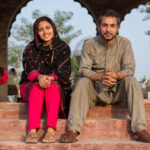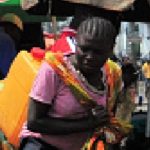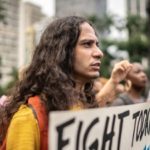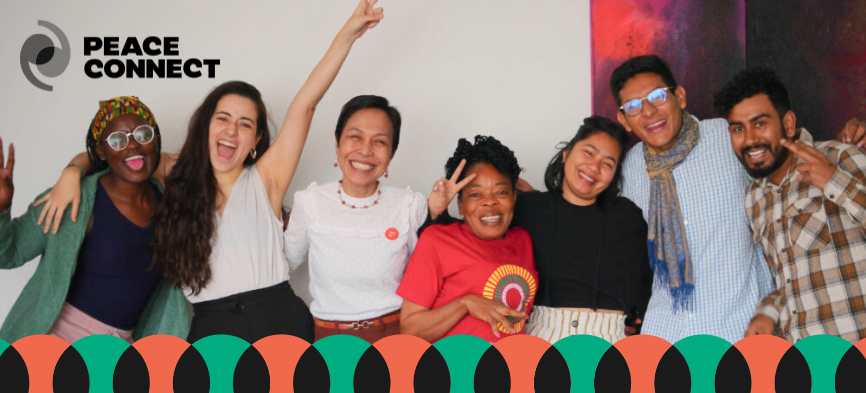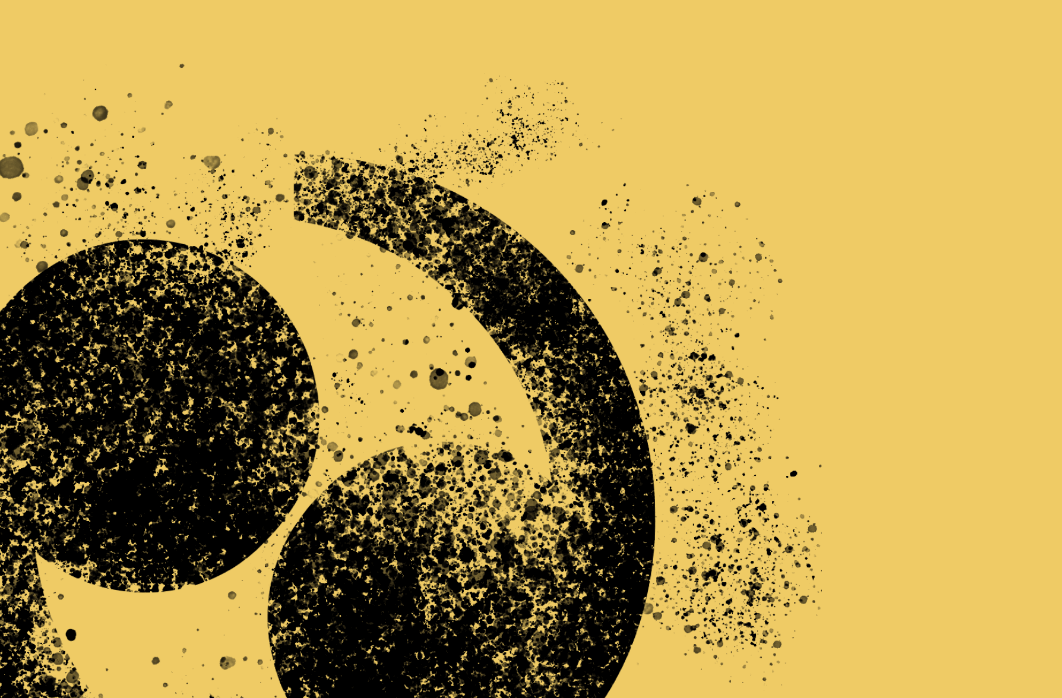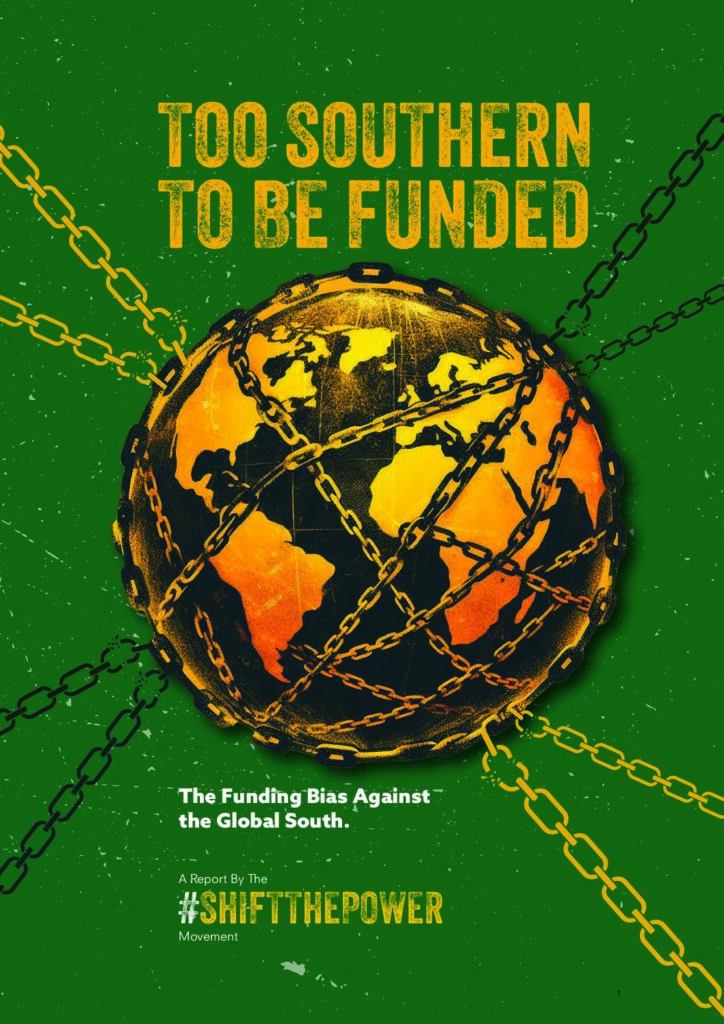Disturbing news reaches us from war-torn Democratic Republic of Congo, where over 100 people have died in an official camp for disarmed militia fighters and their families. Researchers from Human Rights Watch have found that 42 ex-fighters, 5 of their wives and 57 children have died in the past year, in a remote camp surrounded by dense forest at Kotakoli. Survivors blame starvation and disease caused by lack of food and medical supplies and neglect by the authorities. They talk of stealing food from local villagers, cooking it in their helmets due to lack of pots, and watching their children die on the concrete floor of the camp clinic.
Hundreds more people are still at the camp, unable to leave because of the guards and the almost trackless forest. They had surrendered a year ago and been sent to the camp as the first stage in a government-run process for disarming and resettling militia fighters. Such a process, called DDR (disarmament, demobilisation and resettlement), is a vital part of ending the guerrilla war plaguing eastern Congo and has been backed by the government and the UN mission MONUSCO. But clearly the current approach is not working.
We asked our Congolese peacebuilding partner, CRC, for a reaction. Their Director Emery Faida said: “When the story about the death of 100 ex-combatants with their dependents in Kotakoli camp reached us, many people were shocked and confused. They had believed that the official DDR approach, with all the support of the international community and millions of dollars invested in it, should not end in such a tragic event.
“Normally DDR should be a non-violent way to lasting stability in the region. But the scandal that happened complicates the surrender of other armed groups who are still active in the bush. It is a big challenge.”
There is another option. Officially led DDR programmes have suffered many problems in the past with inappropriate support for ex-combatants and mismanagement. Instead, CRC has pioneered a community-led style of DDR, which is increasingly recognised internationally as best practice. This option is led by local people and focuses on resettling former combatants into villages where they have a viable future and an incentive to abandon the militias. It focuses on ensuring they are received back into their communities, taught a trade to earn a peaceful living, and given psychological support. It has been particularly successful with former child soldiers. The results were published in our book Coming Home.
If a locally embedded approach was taken, cases like the camp at Kotakoli might be avoided – and combatants might feel safer about surrendering. Once again, locally led peacebuilding seems a proven way forward, but it requires recognition and funding from national and international structures that find it difficult to let go.


